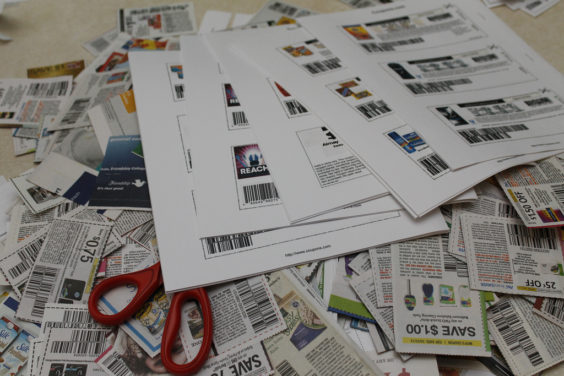
The number and value of coupons is on the rise again. That’s the good news. The bad news is, those coupons may not be for things you need – and if they are, you won’t have much time to use them.
That’s the big takeaway from the first of several expected reports examining coupon statistics from 2013. First out of the gate is Kantar Media, which has released its annual look at the past year in coupons.
Its report says more than 287 billion coupons, worth $467 billion, were distributed via newspaper free-standing inserts (FSIs) in 2013. That’s a 4.5% increase in volume and an 11.2% increase in value over the previous year, marking the second straight year of increased activity.
Most notably, the average face value of those coupons rose to an all-time high of $1.63, up from $1.53 last year. Which means those pesky little 25-cents-off coupons you still see sometimes, were offset by some real high-value offers.
The catch – most of those high-value coupons weren’t for things you can buy to feed your family. Nonfood coupons, dominated by the personal care category, made up nearly two-thirds of all insert coupons distributed, with an average value of nearly $2. The average value of food coupons was just $1.
And to take advantage of many of these offers, you have to act fast. The average length of time that coupons are valid before they expire has continued on a downward trend. In 2013, that time was just under 7 weeks, about three days shorter than in 2012. “These trends indicate that manufacturers are increasing consumer incentive with more coupons and higher face values,” Kantar notes, “but are managing their financial exposure by shortening the length of time that these offers are available.”
They’re also trying to get us to buy more. Many of the higher-value coupons come with multiple purchase requirements – $2 off 2, for example. “These promotion tactics are designed to increase the number of products the consumer purchases per coupon to potentially increase brand loyalty or preempt competitive purchasing for a longer period of time,” Kantar points out.
So whether you think coupons have been getting better, or worse, largely depends on what kind of coupons appeal to you. You can still count on coupons to help you stock up on things like soap and toothpaste. But using coupons to help put food on the table is becoming a little more difficult.
The bottom line, though, for those who prefer to clip good old-fashioned paper coupons over browsing for digital offers – those Sunday newspaper coupons likely aren’t going away any time soon. “FSIs now reach an average of more than 70 million households per week,” concluded Kantar Media Marx General Manager David Hamric. “These trends indicate that FSI coupons continue to be an effective tool to deliver purchase incentives for consumers.”
So keep on clipping – and let’s hope 2014 turns out to be even better.










